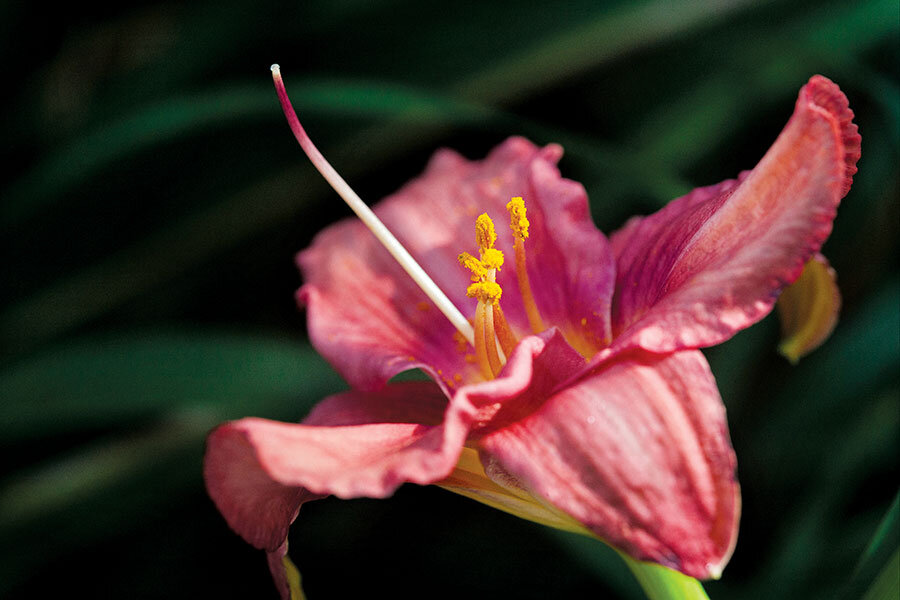What’s not to like about day lilies?
Loading...
Here in Vermont – and nearly everywhere else in North America – there is no perennial that is so easy and rewarding to grow as the day lily.
Assets? Day lilies are tolerant and undemanding. They are immune to nearly all pests and diseases. They like sun, fertile soil that drains well, and adequate moisture, but can thrive in much less than ideal conditions. Good neighbors in the garden, they spread easily but not aggressively, and are easy to divide.
More assets? Breeders, beginning in the 1930s with the patron saint of day lilies, Dr. A.B. Stout, have been busily creating varieties with new flower colors, forms, and sizes, as well as better heat- and cold-tolerance. Today, with close to 70,000 named cultivars, there are more than enough to choose from.
The day lily’s genus name – Hemerocallis, which means “beauty for a day” in Greek – warns of one liability of this perennial: Each blossom lasts only one day.
Its flower scapes (stems), however, are loaded with buds, so plants normally bloom for a month – some longer. With extra-early-, early-, mid-, and late-blooming cultivars, the day lily season can last three months or longer.
To compensate for that one-day characteristic, breeders have created a truckload of reblooming day lilies, cultivars that flower, take a quick breather, and flower again, albeit less generously. (These are also called “everblooming,” “repeat blooming,” and “continuous blooming” day lilies.) So-called extended day lilies, such as Strawberry Candy, stay open more than one day.
Nocturnal day lilies open in the afternoon and close in the morning. Olallie Sandra, Black-Eyed Stella, and White Temptation are ideal day lilies for moonlight gardeners.
Historically, another mark against day lilies as a group is that they had no fragrance. But savvy breeders also have been at work on this, and now there are a sizable number of fragrant cultivars, including Pretty in Pink, Betty Davis Eyes (which is also an extended bloomer), and Bonanza.
Last, there are no pure-blue or pure-white day lilies. But there are gorgeous reds, purples, pinks, oranges, yellows, golds, creams, and pastels, as well as bicolors galore. Only the most picky colorist would complain.
Why write about day lilies just as many in most regions have stopped flowering? As long as they have time to establish their roots before the ground freezes, day lilies are happy to be planted in late summer and fall. That’s also when plants at local nurseries – and on some nursery websites – go on sale.
You’ll have to travel to a local day lily specialist or go online to find more than the usual suspects, such as the bright yellow Stella de Oro (often sold as Stella d’Oro), which many agree is overplanted.
The list of nurseries on The American Hemerocallis Society website is a good place to begin looking for a day lily source near you. Or you can simply type “day lily” and your state in a search box online. Nurseries specializing in day lilies are also the best source of reliable information as well as large, healthy bare-root plants. (Word to the wise: You do not need to buy potted plants!)
If your budget is limited, take a look at the website of that faithful old provider of peonies, day lilies, and hostas, Gilbert H. Wild & Son. A Missouri nursery begun in 1885, Wild doesn’t offer all the newest names but has great prices for several hundred first-rate day lilies.







